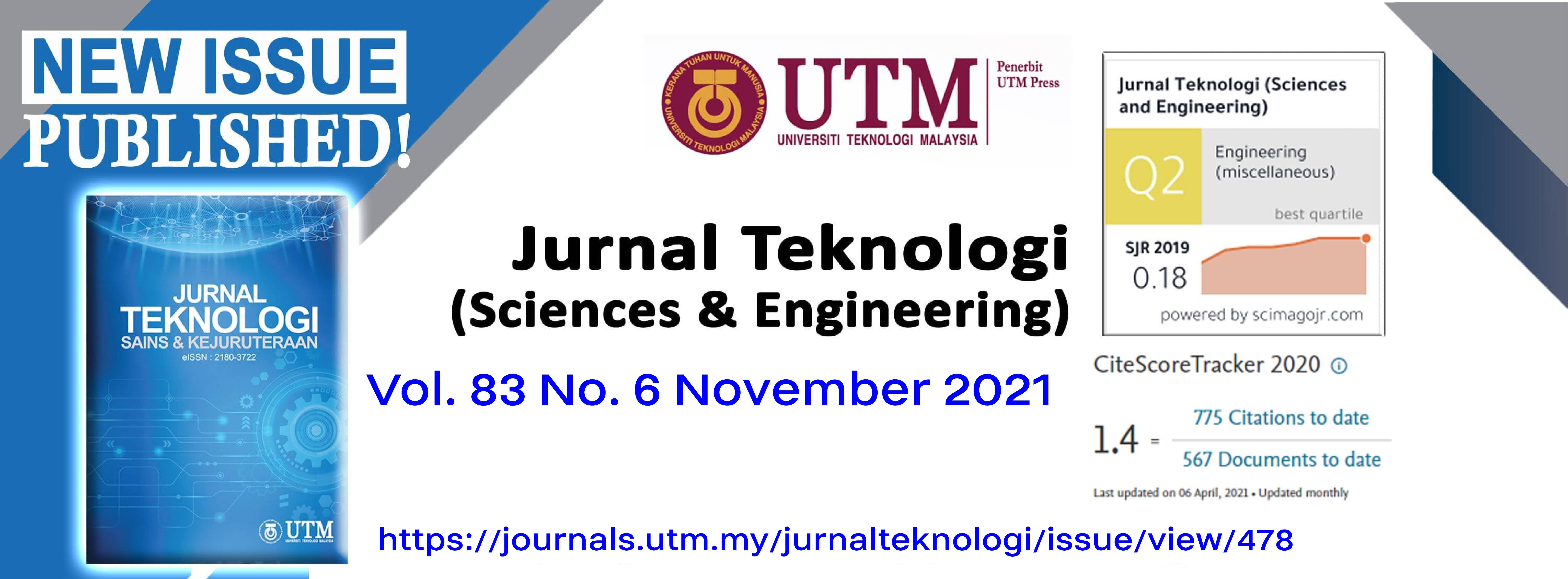TERENGGANU SOIL SERIES TEXTURAL CLASSIFICATION AND ITS IMPLICATION ON WATER CONSERVATION
DOI:
https://doi.org/10.11113/jurnalteknologi.v83.16904Keywords:
Soil water content, irrigation water supply, water-saving, plantation soil, RosettaAbstract
The updated Terengganu soil series has been made known to the public in 2018 by the Department of Agriculture, Malaysia. One of the most important physical aspects not quantify is the parameter relating to soil’s ability to contain water and allow water infiltration. This information is necessary to help farmers to know the soil suitability characteristics. In the current study, we retrieve the soil particle size of the soil series for further investigation. A pedotransfer function was used to estimate the soil water retention. The properties were then used to estimate the field capacity (FC), permanent wilting point (PWP), and the plant available water (PAW). In this study, we found twelve soil series in Terengganu state. The soil series were categorized into clay, sand, loamy sand, silty clay loam, and clay loam. Batu Hitam, Tasik, Lubok Kiat, Kampong Pusu, Tok Yong, Jerangau, and Tersat Series were found as clay soil. Jambu and Rhu Tapai Series as sand soil. Rudua, Gondang, and Kuala Brang Series corresponded to clay loam, silty clay loam, and loamy sand. Among the soil series, Gondang Series appeared to be the most preferred soil for plantation due to its ability to give the highest plant available water, a lower water infiltration duration than clay, and it required lesser water for irrigation than the clay soil.
Downloads
Published
Issue
Section
License
Copyright of articles that appear in Jurnal Teknologi belongs exclusively to Penerbit Universiti Teknologi Malaysia (Penerbit UTM Press). This copyright covers the rights to reproduce the article, including reprints, electronic reproductions, or any other reproductions of similar nature.
















